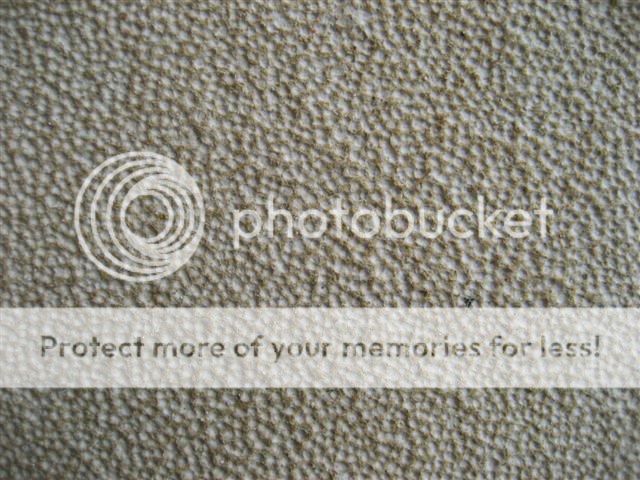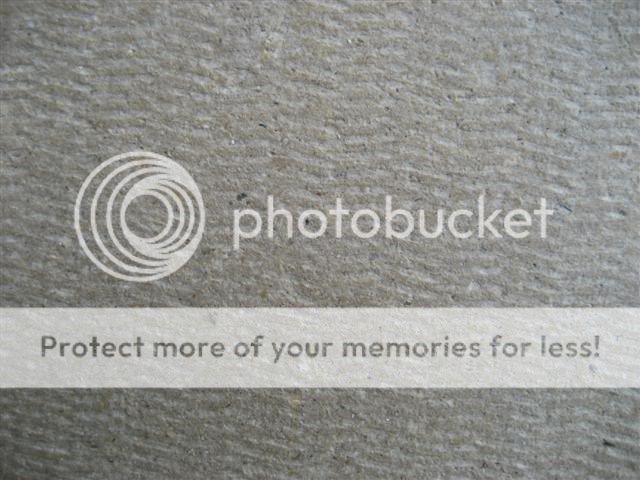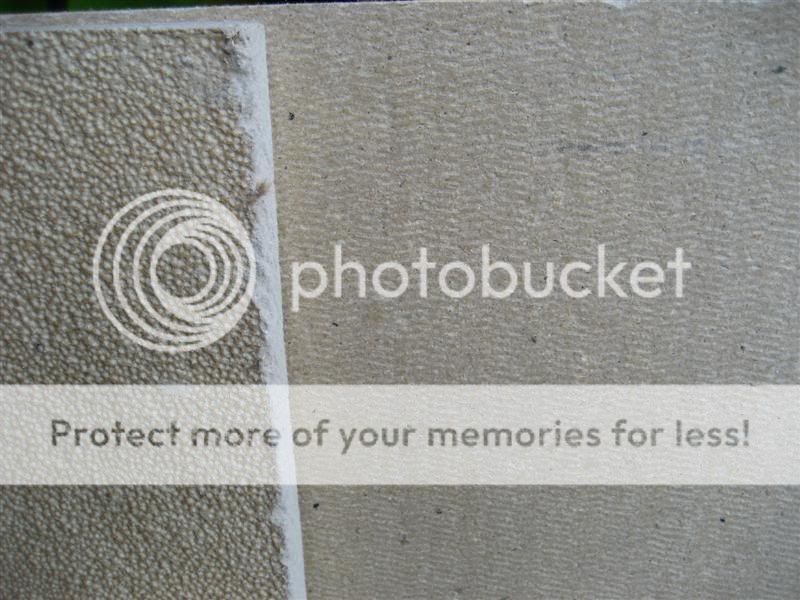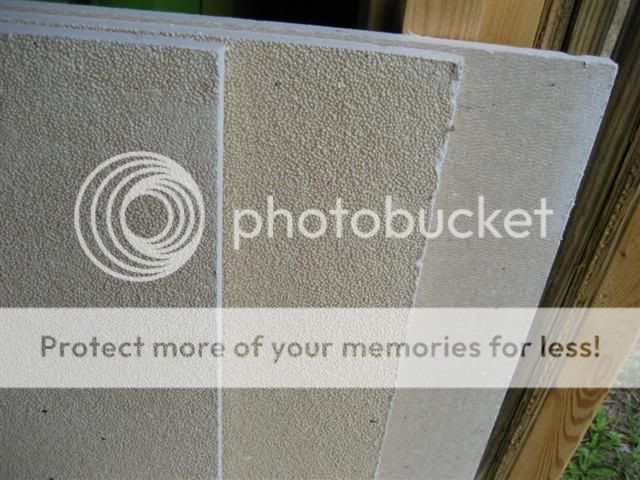I'm glad to hear that you've gotten an "all clear". I would imagine that the fireplace company gave the best comfort with it's negligible clearance requirements while Homasote probably didn't give much.Arc_Dad said:Thank You MicoreGuy. I just got off the phone with the homasote company (makers of NCFR) and Kozy Heat (maker of Fireplace). Bottom line is my install is ok. There should not be a next time, but if there was I'd use micore. Bottom line is w/ a ZC fireplace I could even put this thing right on wood and be ok. The issue is right in front of fireplace. I won't be having any fires in front and if I did I imagine the wood trim or flooring would ignite long before the NCFS which that is under 1.25 inches of solid granite and has fire retardant properties.
Best wishes,
Ed






 I've got the micore in hand now and I'm waiting on this rainy spell to stop before trying to haul the plywood home (my fortune tells me if I try now that it'll rain 3 inches on the way home! :shut: ) I'm going to get some cardboard and start making some mock-ups of the pad...I like the idea of a pad with the corners cut off...seems more "toe friendly". I've got a few nooks and crannies to deal with, too, so a template will be good to have.
I've got the micore in hand now and I'm waiting on this rainy spell to stop before trying to haul the plywood home (my fortune tells me if I try now that it'll rain 3 inches on the way home! :shut: ) I'm going to get some cardboard and start making some mock-ups of the pad...I like the idea of a pad with the corners cut off...seems more "toe friendly". I've got a few nooks and crannies to deal with, too, so a template will be good to have.